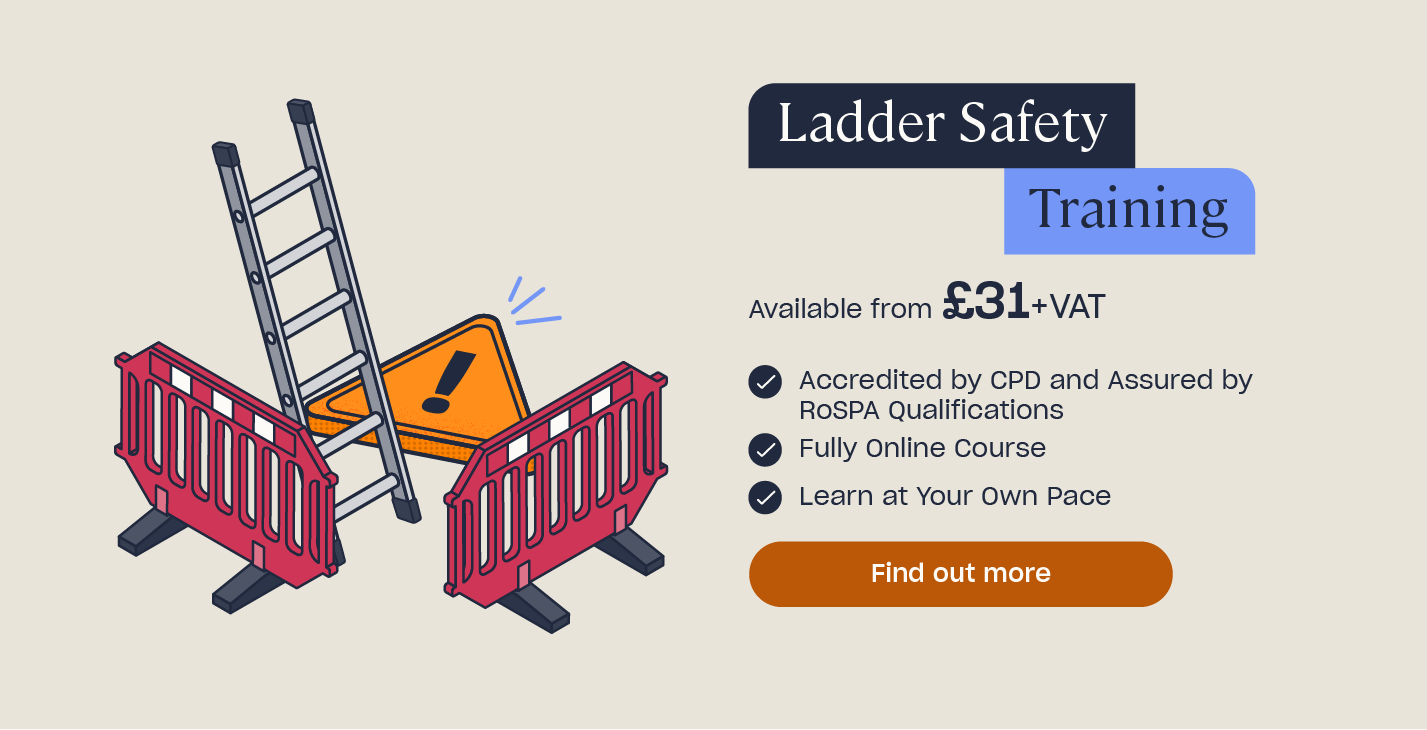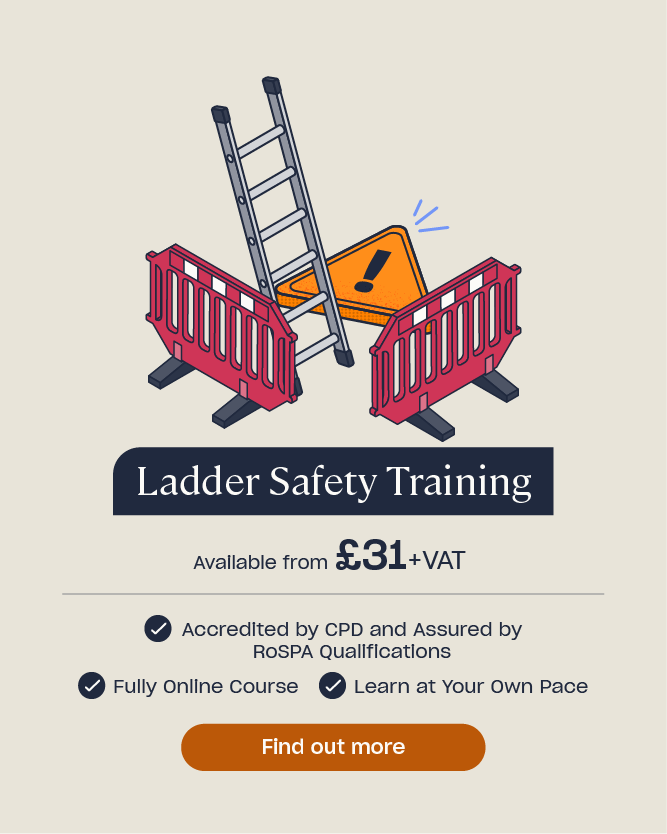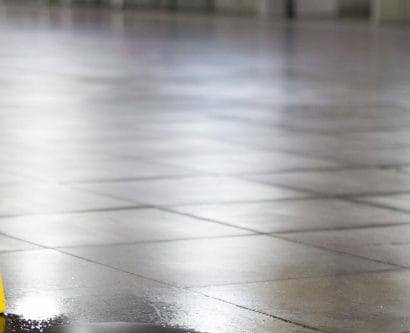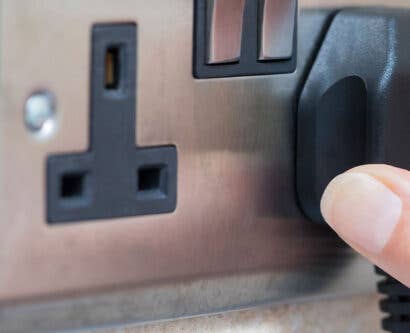Ladder Inspection: Free Checklist
The unsafe selection and use of ladders and step ladders is one of the greatest causes of fatal and serious workplace accidents. Statistics published by the Health and Safety Executive (HSE) show that falls from a height are the main kind of fatal accident for workers in Great Britain.
Ladders and step ladders should only be used where the risk assessment for the work activity shows that equipment offering higher fall protection is not suitable. They should only be used for short-duration and low-risk tasks. To ensure the equipment remains safe to use, ladders and step ladders must undergo regular inspections.
In this article, we will cover what ladder inspections are, who should complete them, how to complete them and when they should be completed. We will also provide a ladder safety inspection checklist.
What are Ladder Inspections?
Ladders and step ladders are everyday tools used for various work activities, but they can also pose a serious risk if not in the correct condition. Therefore, a ladder inspection is required to ensure the ladder is safe and operates as intended to prevent and reduce accidents.
The employer is responsible for ensuring that ladder inspections are conducted regularly. These inspections should consist of a thorough test of each of the ladder’s components to ensure it is functional, as well as a visual check of its overall condition, such as signs of wear and tear, damage or defects that could affect the stability or integrity of the ladder.
In addition to this, a pre-use check should also be completed, by the person using it, at the beginning of each work day, before any work is begun on the ladder or any time the condition of the ladder has been changed, for example, if it has been moved from one location to another or if it has been dropped at any point. Any defects, damages or safety concerns following these pre-use checks must be reported to a manager or supervisor immediately before any work continues.
Need a Course?
Our Ladder Safety Training will help you understand how to use ladders and step ladders safely. Knowing how to choose, set up and use ladders reduces the likelihood of accidents.
Who Should Inspect a Ladder?
Employers must ensure that the inspection is completed by a competent person, which in most cases will be the employer themselves, a manager or a supervisor. However, if there is no competent person within the company to complete an inspection, the ladder should be sent to specialists, such as the manufacturer or supplier.
A competent person is someone with the technical skills, knowledge, experience and training needed to complete a valid inspection.
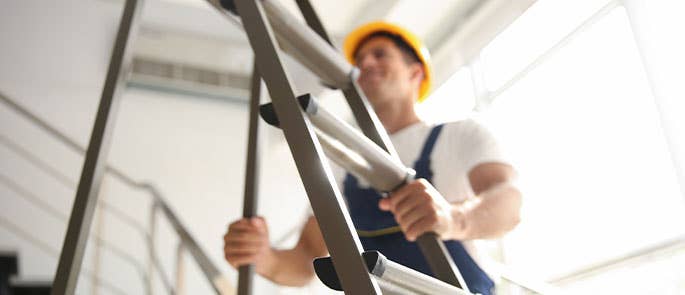
How to Inspect a Ladder
Inspection of a ladder requires taking steps to confirm whether the ladder is safe for continued use by identifying any potential hazards or, ideally, lack thereof.
The overall condition of the ladder should be checked for visible signs of damaged, loose, cracked, bent or missing parts, as well as any sign of wear and tear, corrosion or any other defects on all of the stiles, rungs and mechanisms of the ladder. Any of the manufacturer labels or instructions must also be present and visible.
The functionality and integrity of the ladder should also be inspected, such as ensuring the rungs and side rails are securely attached. The locking mechanisms and spreaders must also be checked to ensure they are functioning correctly, and the ladder must be checked to ensure it is stable when placed in a working position.
Different types of ladders will also require additional checks. Download the ladder inspection checklist provided in this article for a detailed list of the checks needed.
During the inspection, the competent person should confirm that all ladders used are suitable and strong enough for the task. Changes to ladder standards mean that, since January 2019, all new ladders must be made in compliance with the BS EN 131 standard.
Ladders must also always be maintained and stored in accordance with the manufacturer’s instructions.
Use a ladder inspection checklist
To complete a ladder inspection, in addition to recording the condition of the ladder, the following must also be included:
- The name and address of the competent person undertaking the inspection and/or the name of the business for which the inspection was carried out.
- The location of the work equipment that has been inspected.
- A description of the work equipment that has been inspected.
- The date and time of the inspection.
- Details of any issues identified that could put people’s health and safety at risk.
- Details of any actions taken to solve or manage the issues identified.
- Details of any further action that is necessary.
- The name and position of the competent person who has written the report.
The results of this inspection must be documented and recorded to manage any risks and comply with legal requirements.
How often should ladders be inspected?
A formal, detailed inspection of ladders should be completed and recorded in accordance with the manufacturer’s instructions. In most cases, this will be at least every six months. However, depending on the specific work activities and environment, it may be that the intervals of inspections are legally required to be more frequent; for example, any ladder part of a scaffold system must be inspected every seven days to meet the scaffold inspection requirements.
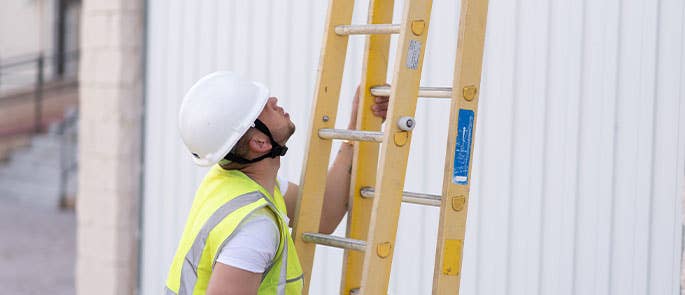
Ladder Inspection Checklist PDF
Download our Ladder/step ladder inspection checklist PDF to help you understand what is needed for an inspection and to keep a record of these findings.
Remember, it is a legal requirement that employers ensure ladders are inspected by a competent person and that up-to-date records of these detailed inspections are kept.
Further Resources:
- Ladder Safety Training
- Ladder Safety Quiz
- RIDDOR: How to Report an Incident or Accident at Work
- Safely Securing Ladders: Guidance & Procedure
- Guidance on the Ladder Angle Rule


